On November 23, the Ministry of Agriculture and Rural Development held a Forum on Solutions for Replicating Successful Pilot Models of the Project on Sustainable Development of 1 Million Hectares of High-Quality and Low-Emission Rice in the Mekong Delta (referred to as the Project).
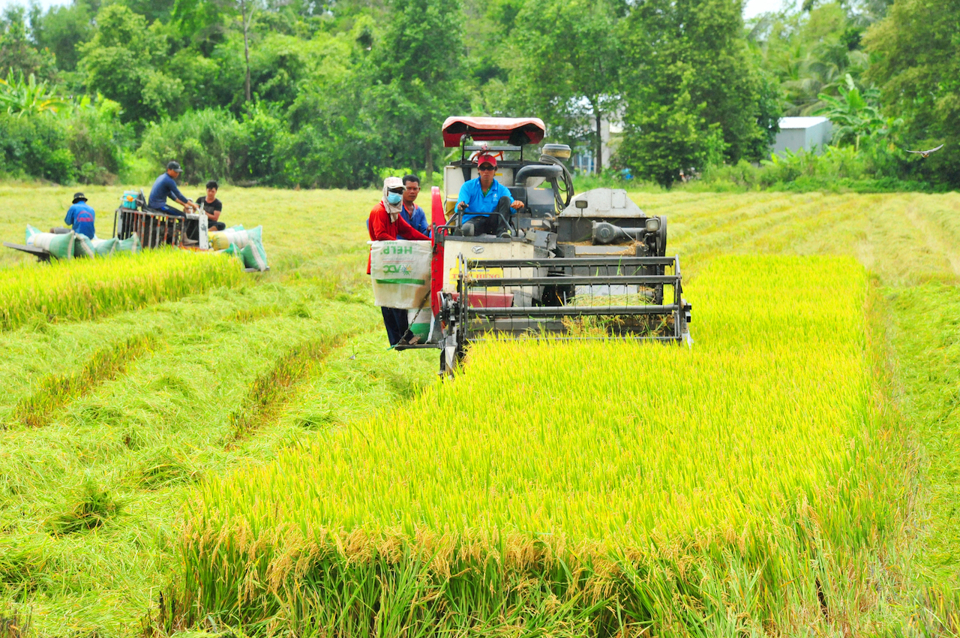
Localities and units join in
Sharing at the Forum, Vice Chairman of Can Tho City People's Committee Nguyen Ngoc He affirmed that the Project is the largest program ever related to the rice industry, directly directed by the Prime Minister and receiving attention from many countries and international organizations.
Also because of the above significance, Can Tho determined that this is a large-scale project that needs to be implemented immediately. In particular, focusing on training and education for grassroots cadres, especially agricultural extension workers, farmers, and cooperatives in the project area.
Can Tho has also built and initially replicated models within the scope of the Project. For example, rice production according to standards and regulations, application of technologies to process straw, high-tech agriculture, and digital transformation.
Kien Giang is also a locality that has been actively implementing the Project. At the Forum held on November 23, Deputy Director of the Department of Agriculture and Rural Development of Kien Giang province Nguyen Van Nghia said that the province has systematically implemented 12 low-emission rice models and built 116 community agricultural extension groups.
“The Provincial Party Committee also directed the People's Committee to develop a specific plan until 2030. Based on the actual situation of each cooperative and each ecological region, determine the appropriate area to participate in the project and create a basis for future expansion…” - Mr. Nghia added.
To support the models under the Government's Project, Director of Agribank Can Tho 2 Branch Truong Hoang Hai said that Agribank is currently a key bank with total outstanding loans reaching 1.7 million billion VND, of which more than 65% focuses on the field of agricultural and rural development.
Representatives of Agribank Can Tho 2 also pledged to strongly support the 1 million hectare high-quality and low-emission rice project, ensuring the necessary capital supply to implement the project. By the end of 2025, Agribank will play a key role in implementing this project.
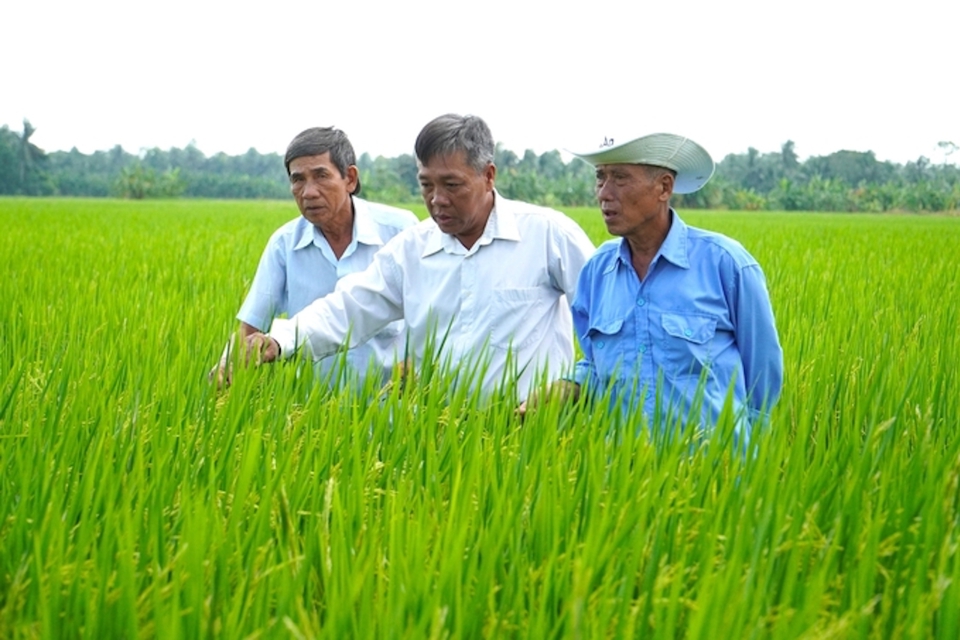
Need more scaling solutions
According to Dr. Tran Ngoc Thach, Director of the Mekong Delta Rice Institute, one of the important goals of the Project is to reduce the amount of seeds and some models have reduced the amount of seeds used to only 70 - 80 kg/ha while still ensuring productivity, even higher productivity.
According to Dr. Tran Ngoc Thach, similar models have been implemented since 2015, and in some places they have even been reduced to 40 kg/ha. "But why hasn't the model been replicated yet?", asked the Director of the Mekong Delta Rice Institute.
Pointing out a number of issues that need to be addressed, Dr. Tran Ngoc Thach also recommended ensuring the level and drainage capacity of the fields; improving the productivity of cluster and row seeders. Along with that, research is needed on the possibility of applying drone seeding to promote seeding capacity.
Speaking at the Forum, Deputy Director of the Department of Crop Production (Ministry of Agriculture and Rural Development) Le Thanh Tung said that although in reality, Vietnamese rice is not inferior in quality to any other country, its value has not been improved.
According to the representative of the Department of Crop Production, 12/13 provinces in the Mekong Delta are implementing the 1 million hectare rice program (except Ben Tre due to the lack of area). Science and technology are also developing strongly in the largest rice granary in the country. "As long as there is appropriate science and technology, development will naturally be rapid" - Mr. Tung said.
Therefore, Mr. Le Thanh Tung emphasized that in the coming period, in order to build, develop and replicate high-quality and low-emission rice models, it is necessary to continue to focus on training and technology transfer, considering this the key to open the doors, to move towards the goal of green, low-emission Vietnamese rice.
At the Forum held on November 23, experts, scientists, and management agencies agreed with the goal-oriented viewpoint: in the future, the Project's mission is still to replicate the model in the direction of value chains, ecological databases, technology development, behavior change, and capacity building.
“To optimize management, farming systems, and high-quality, low-emission rice production, it is necessary to synthesize a complete set of data on soil, plant nutrition, infrastructure, straw management, etc. In addition, technology and practices must be suitable for the conditions of each specialized region, promoting digital applications to support connecting farmers and businesses, building transparent and clear business models and plans, creating trust from banks for convenient loans” - Head of Mechanization Department, International Rice Research Institute (IRRI) Nguyen Van Hung .
Source: https://kinhtedothi.vn/huong-toi-gao-viet-xanh-phat-thai-thap.html


![[Photo] Closing of the 4th Summit of the Partnership for Green Growth and the Global Goals](https://vstatic.vietnam.vn/vietnam/resource/IMAGE/2025/4/17/c0a0df9852c84e58be0a8b939189c85a)
![[Photo] Nhan Dan Newspaper announces the project "Love Vietnam so much"](https://vstatic.vietnam.vn/vietnam/resource/IMAGE/2025/4/17/362f882012d3432783fc92fab1b3e980)
![[Photo] Promoting friendship, solidarity and cooperation between the armies and people of the two countries](https://vstatic.vietnam.vn/vietnam/resource/IMAGE/2025/4/17/0c4d087864f14092aed77252590b6bae)
![[Photo] The beauty of Ho Chi Minh City - a modern "super city" after 50 years of liberation](https://vstatic.vietnam.vn/vietnam/resource/IMAGE/2025/4/18/81f27acd8889496990ec53efad1c5399)

![[Photo] National Assembly Chairman Tran Thanh Man meets with outstanding workers in the oil and gas industry](https://vstatic.vietnam.vn/vietnam/resource/IMAGE/2025/4/17/1d0de4026b75434ab34279624db7ee4a)
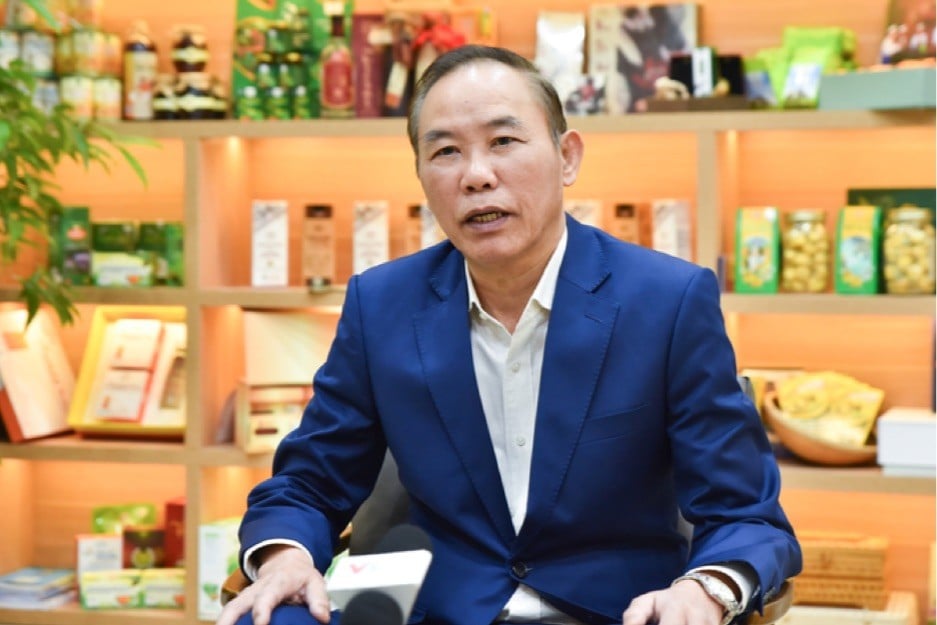

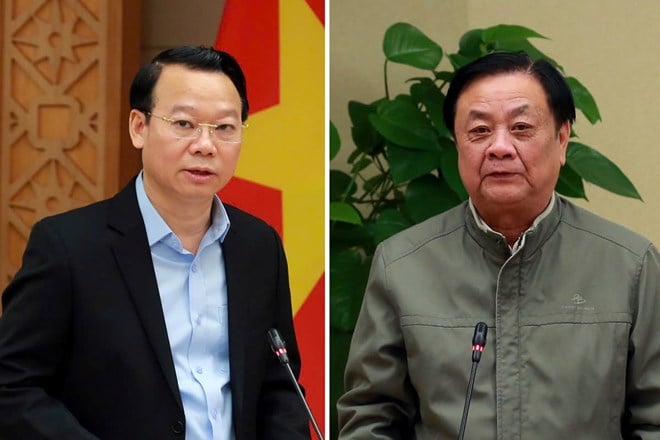

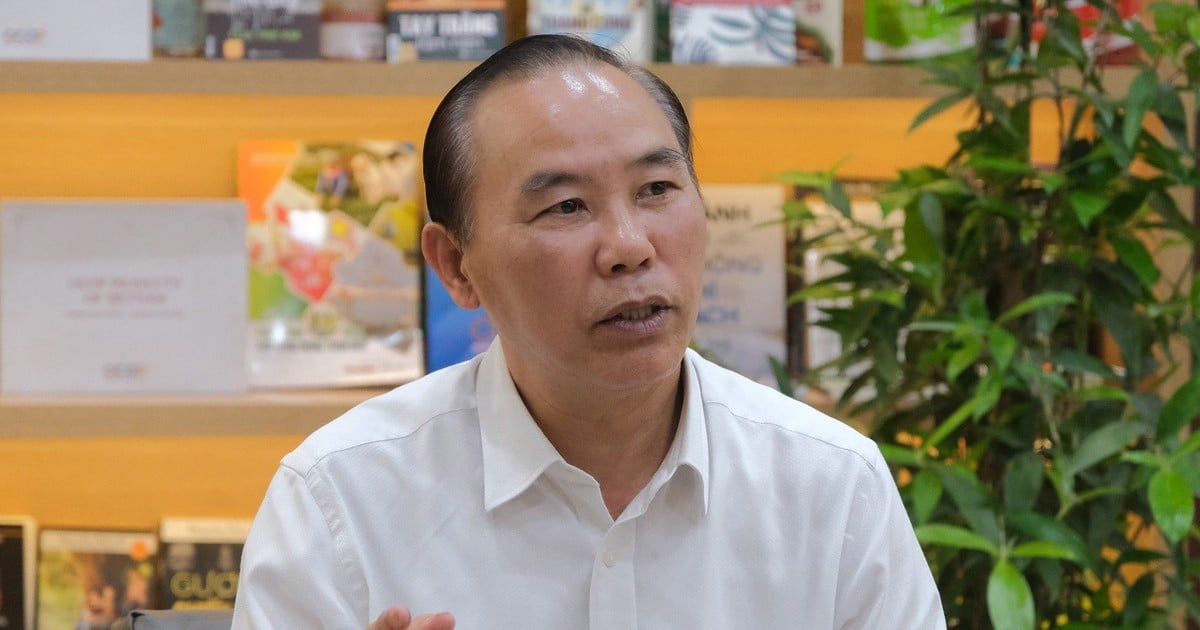
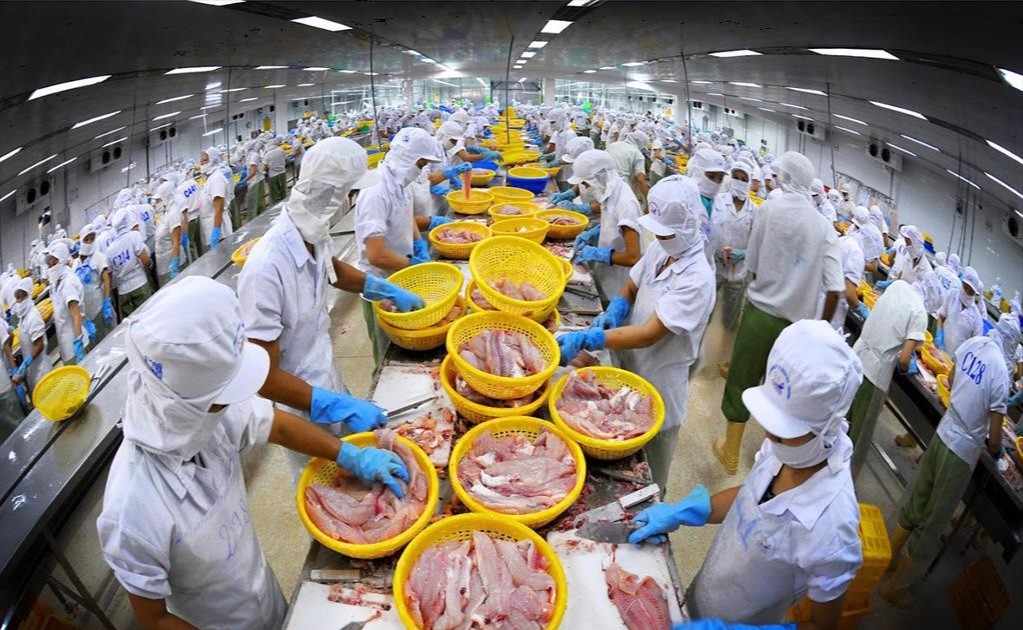
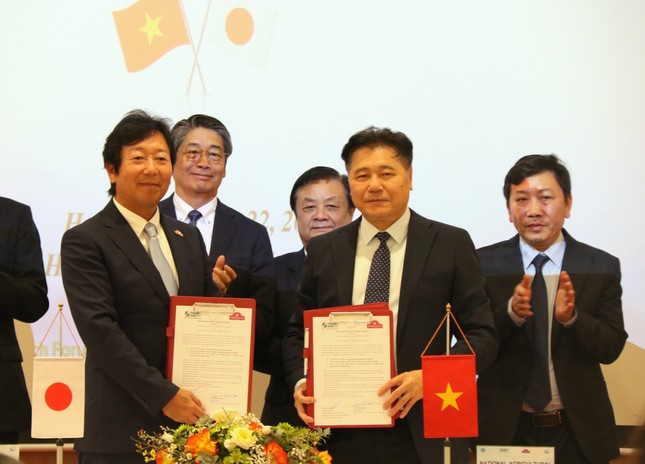

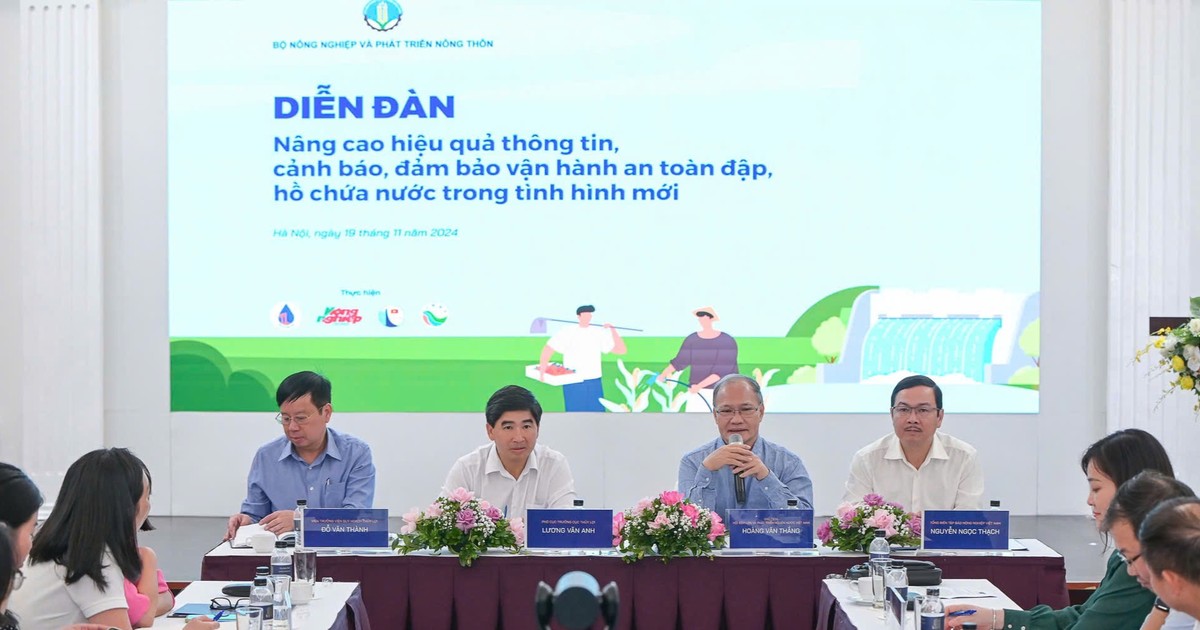
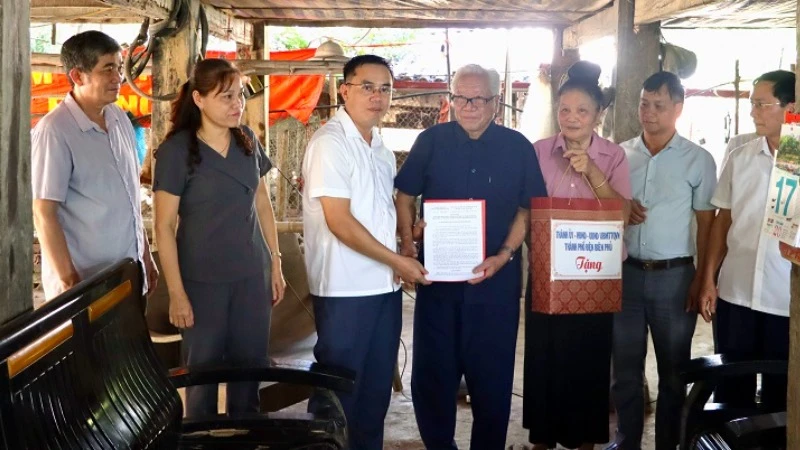
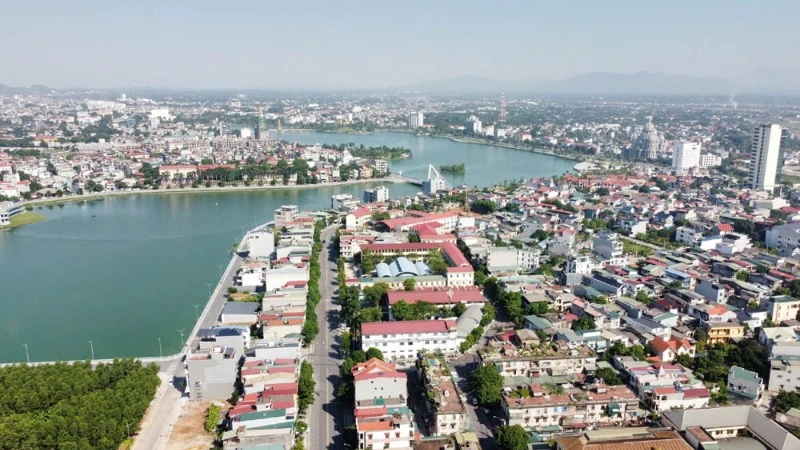
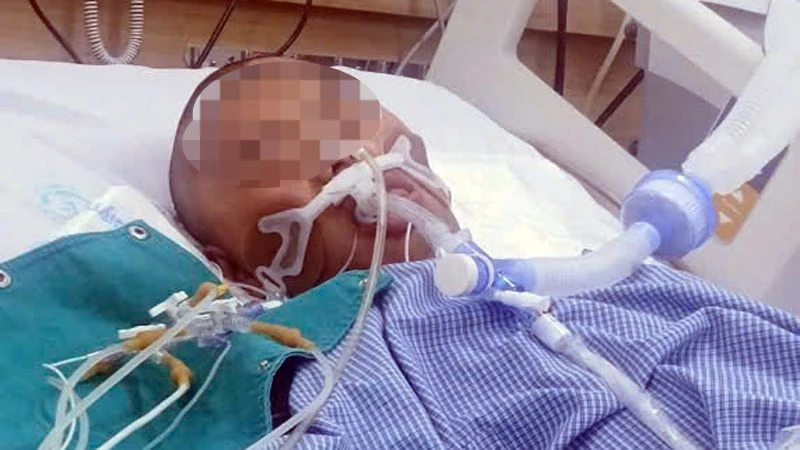
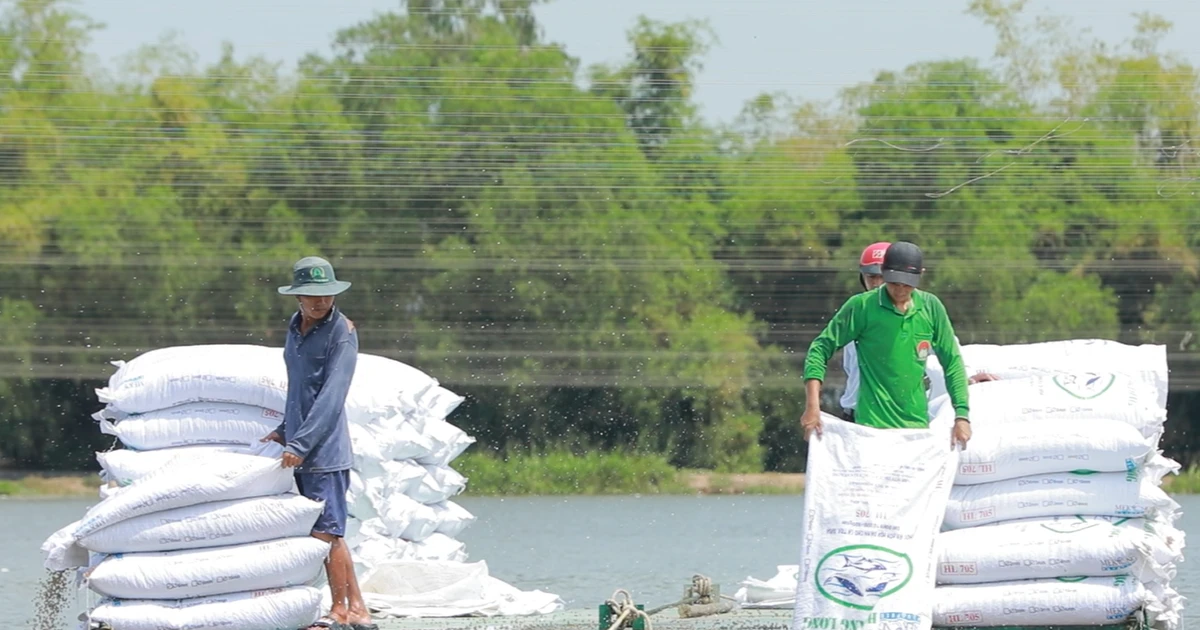
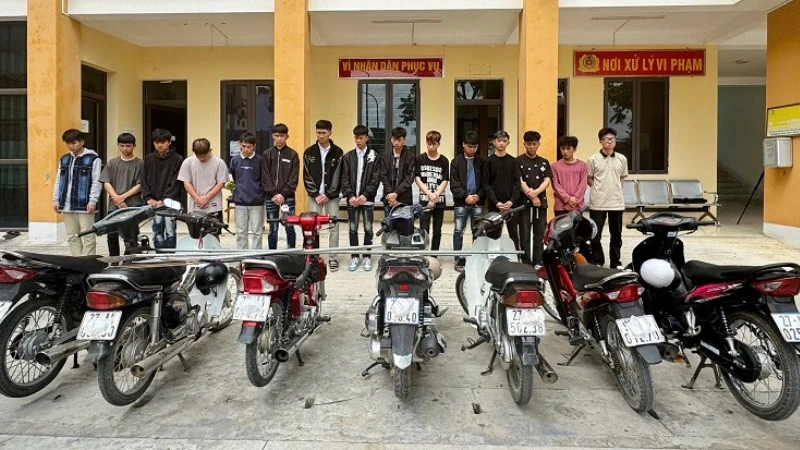
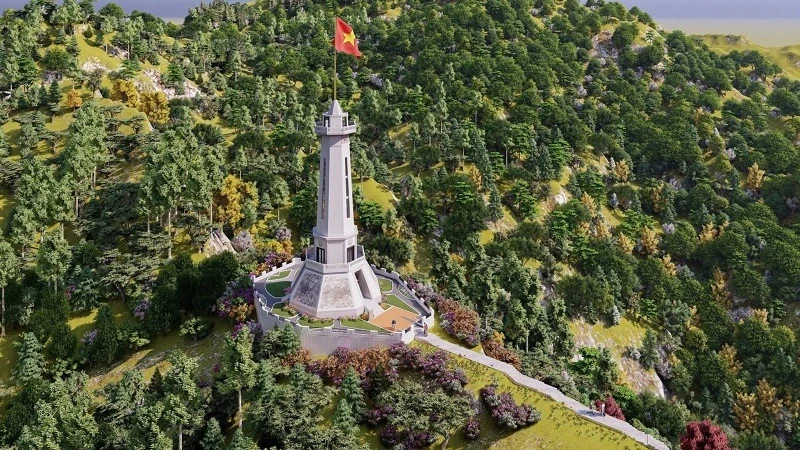




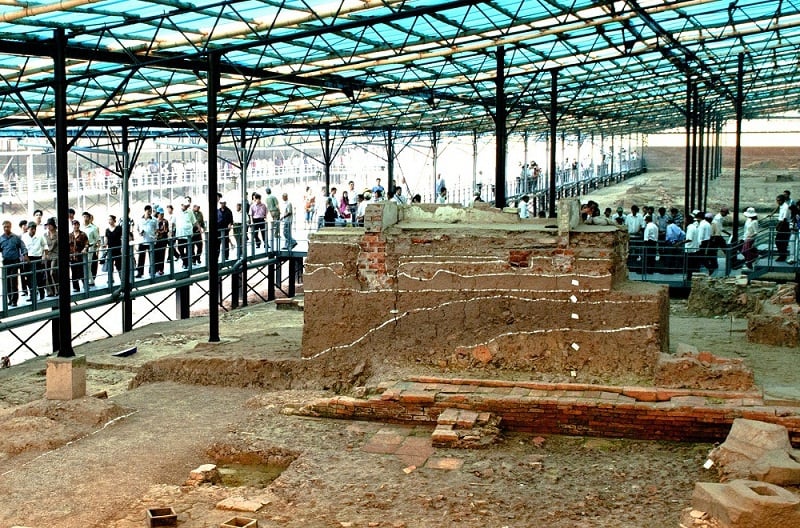
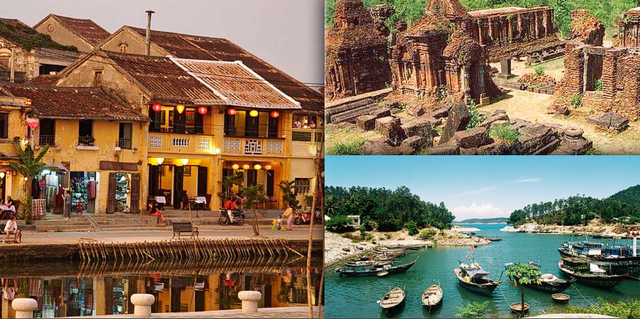
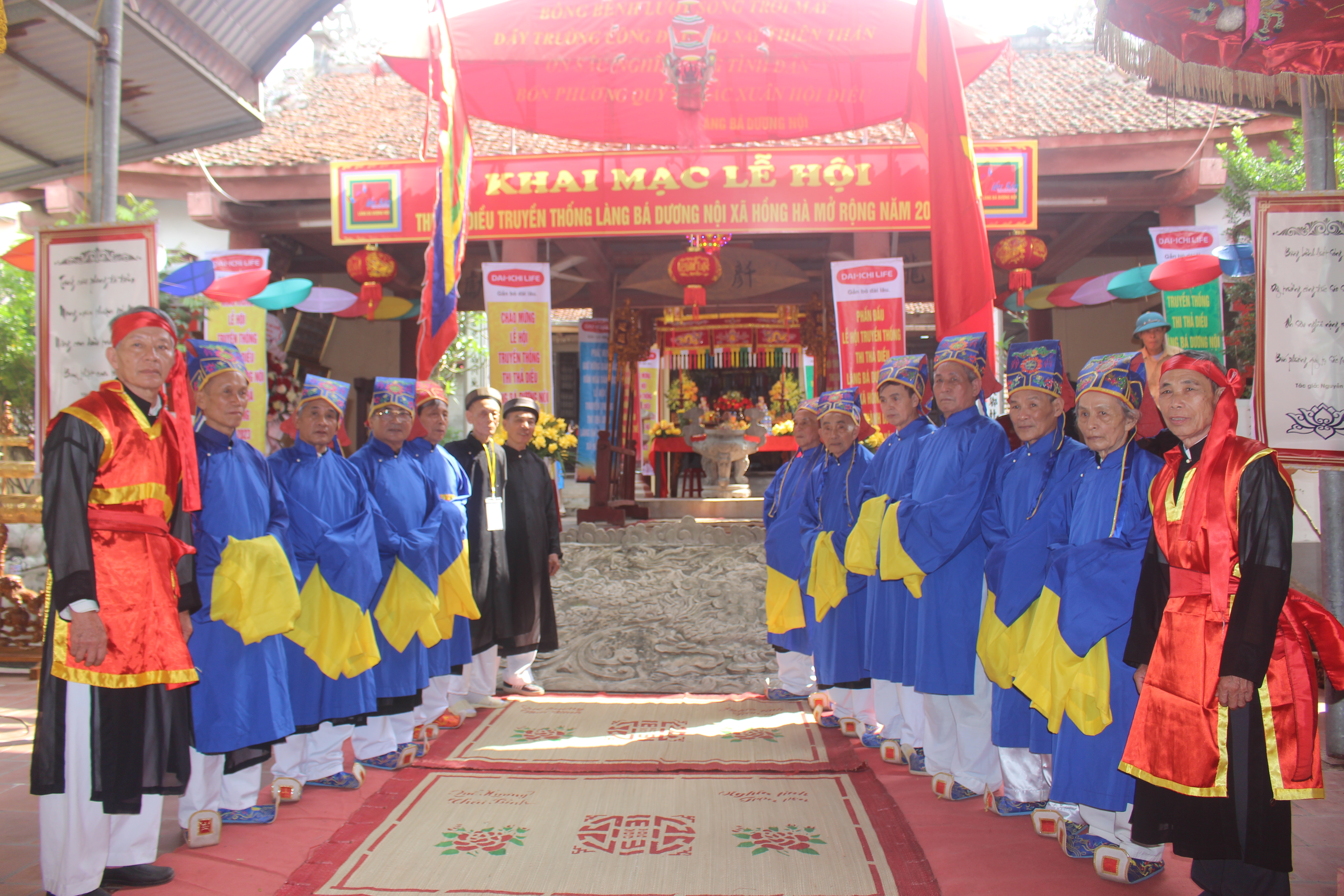
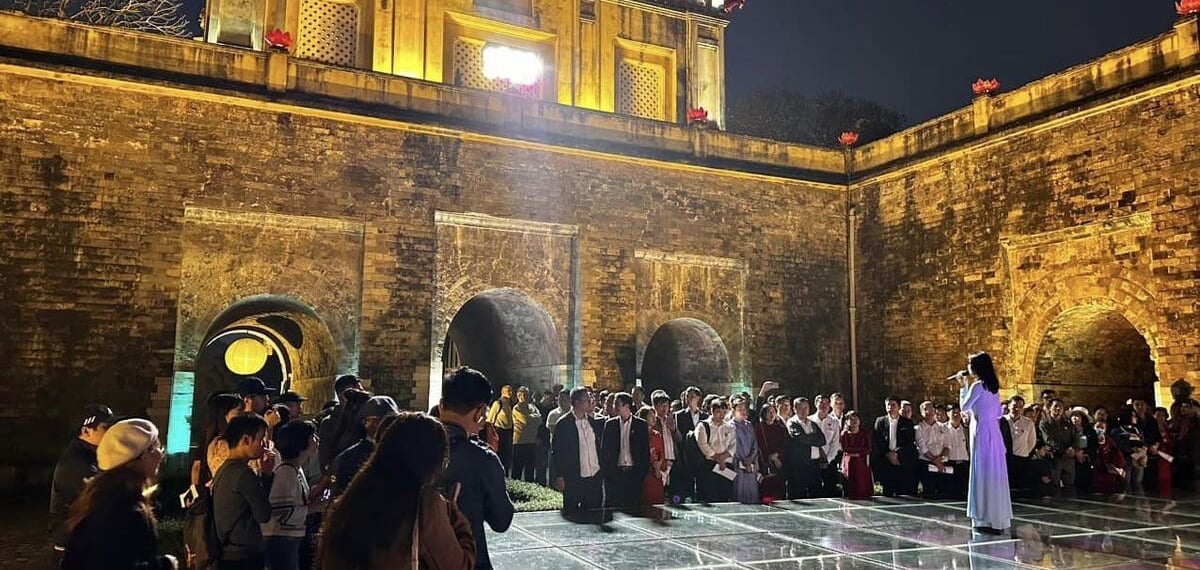
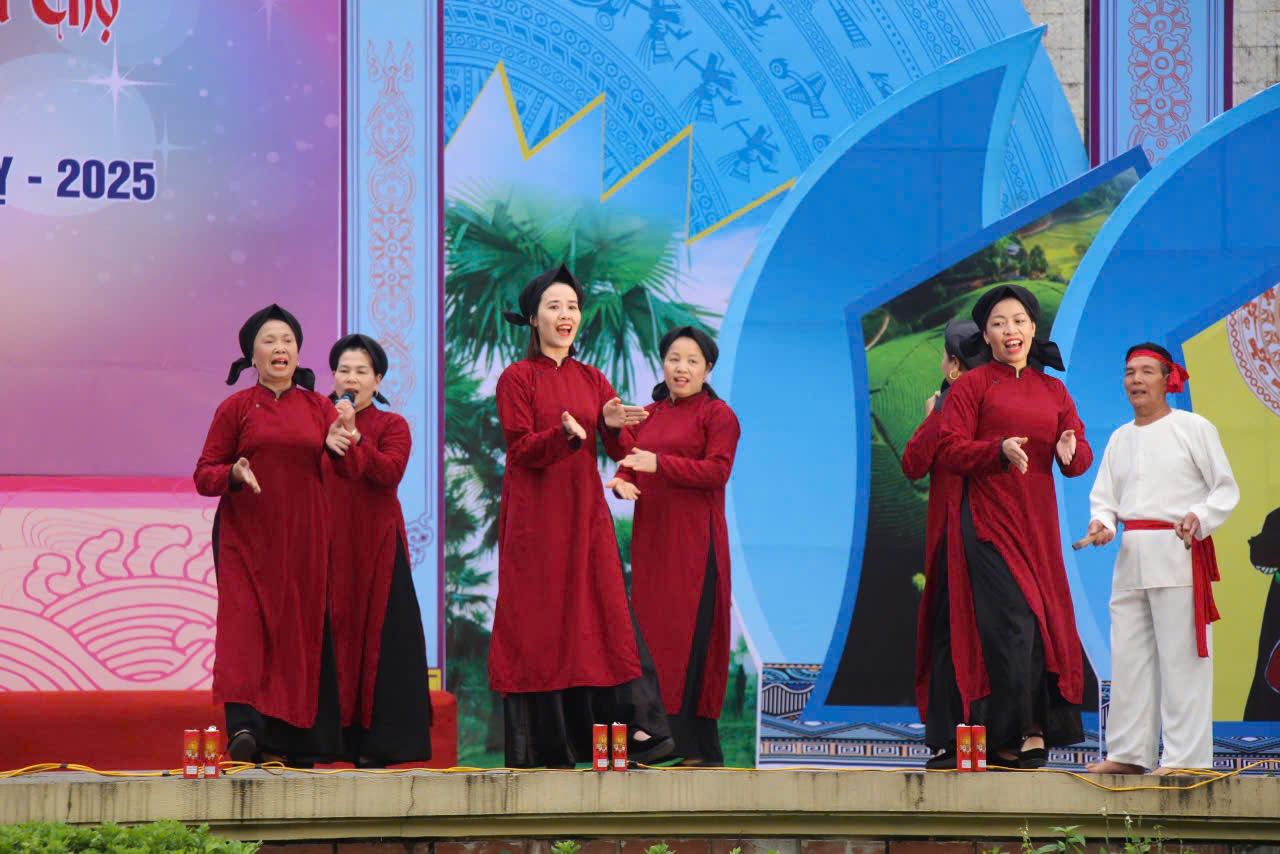

![[Photo] General Secretary To Lam receives French Ambassador to Vietnam Olivier Brochet](https://vstatic.vietnam.vn/vietnam/resource/IMAGE/2025/4/17/49224f0f12e84b66a73b17eb251f7278)


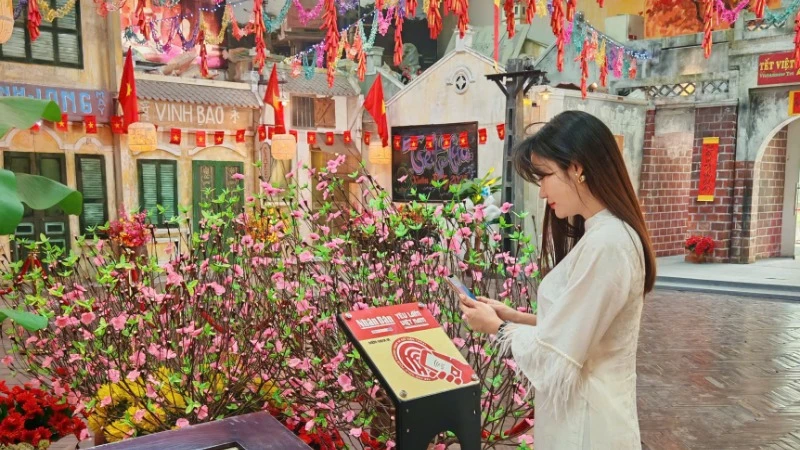

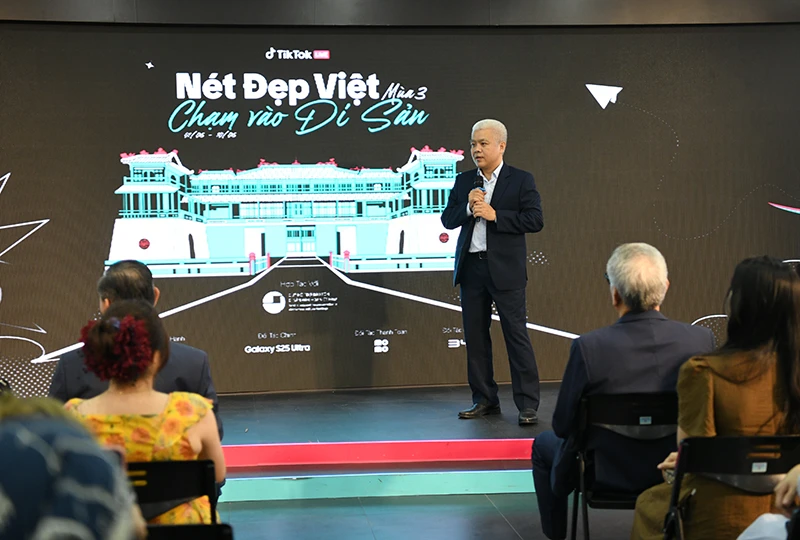












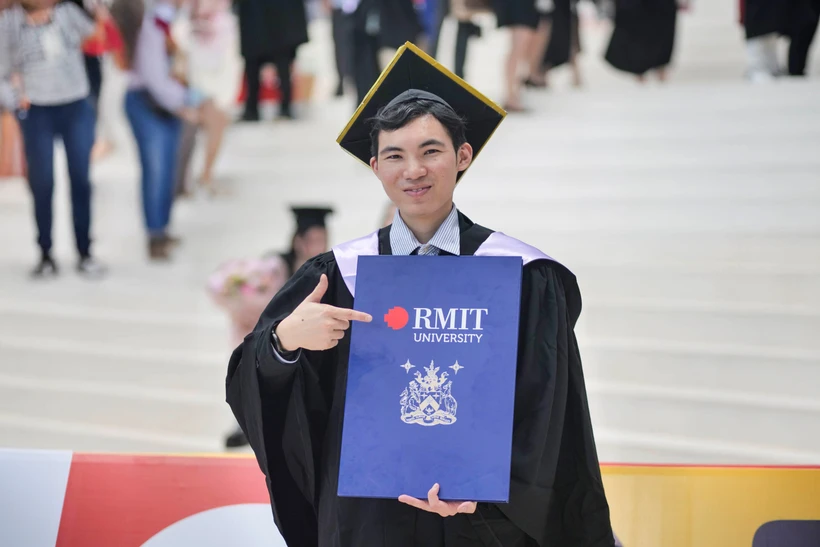

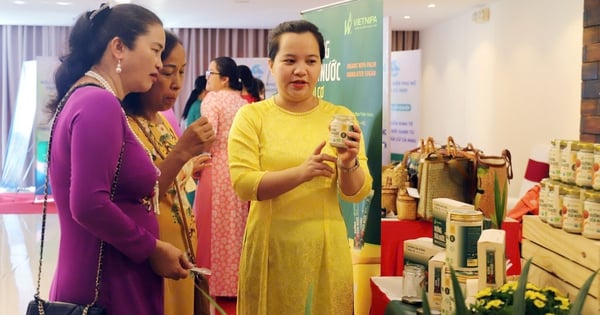

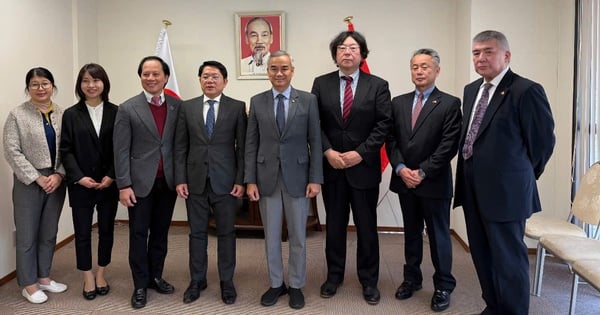

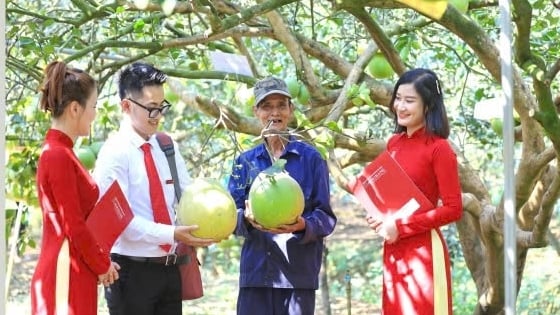


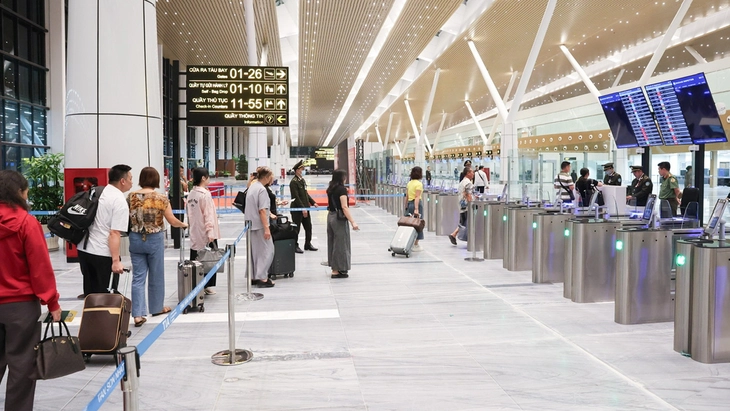
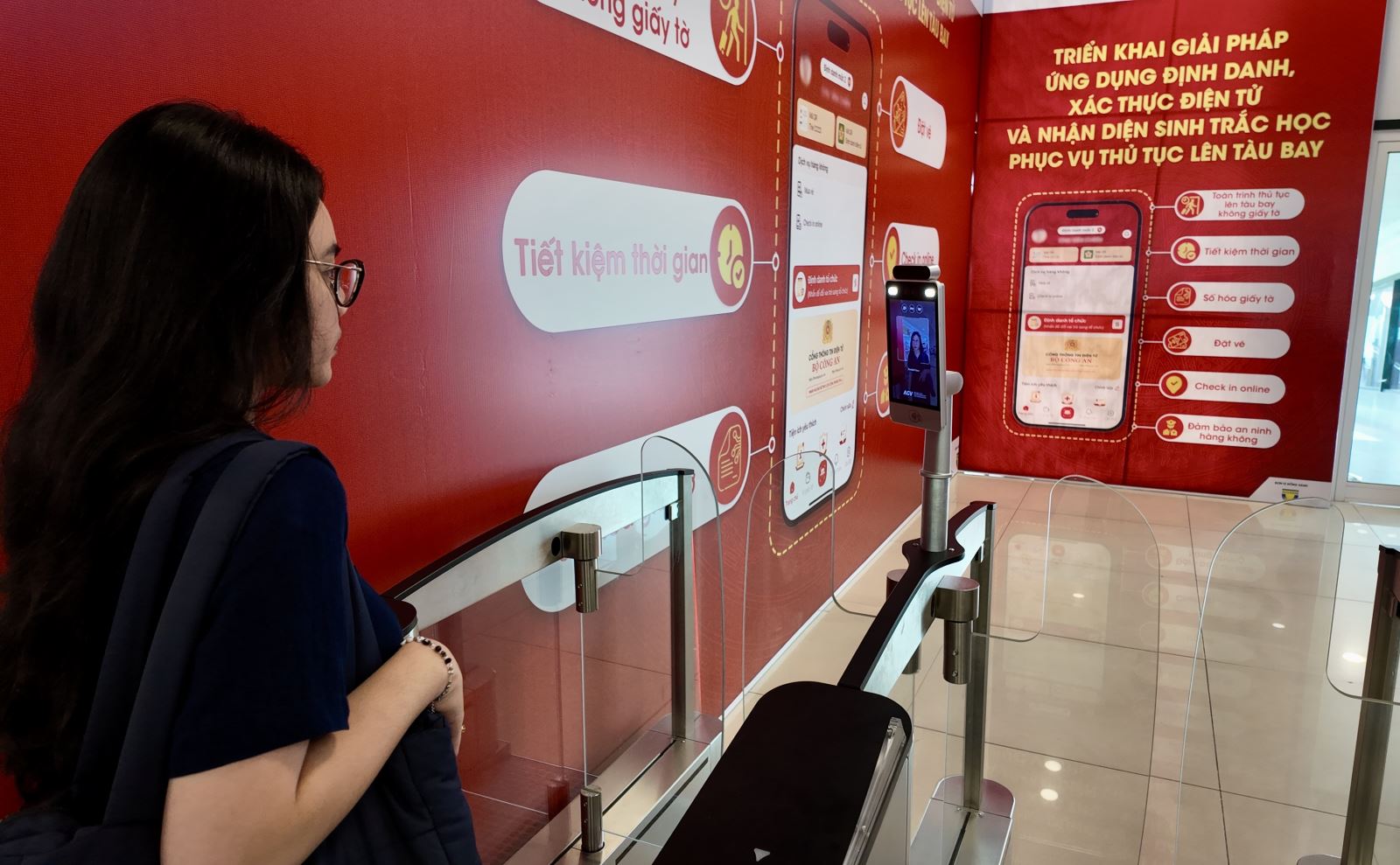
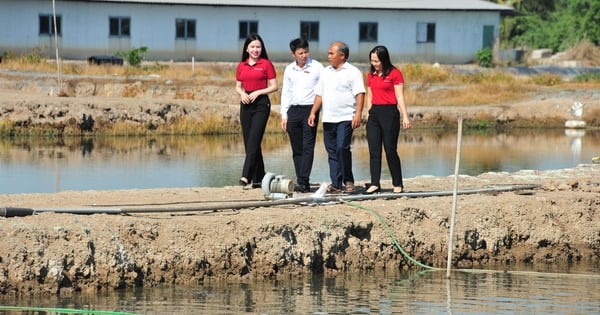

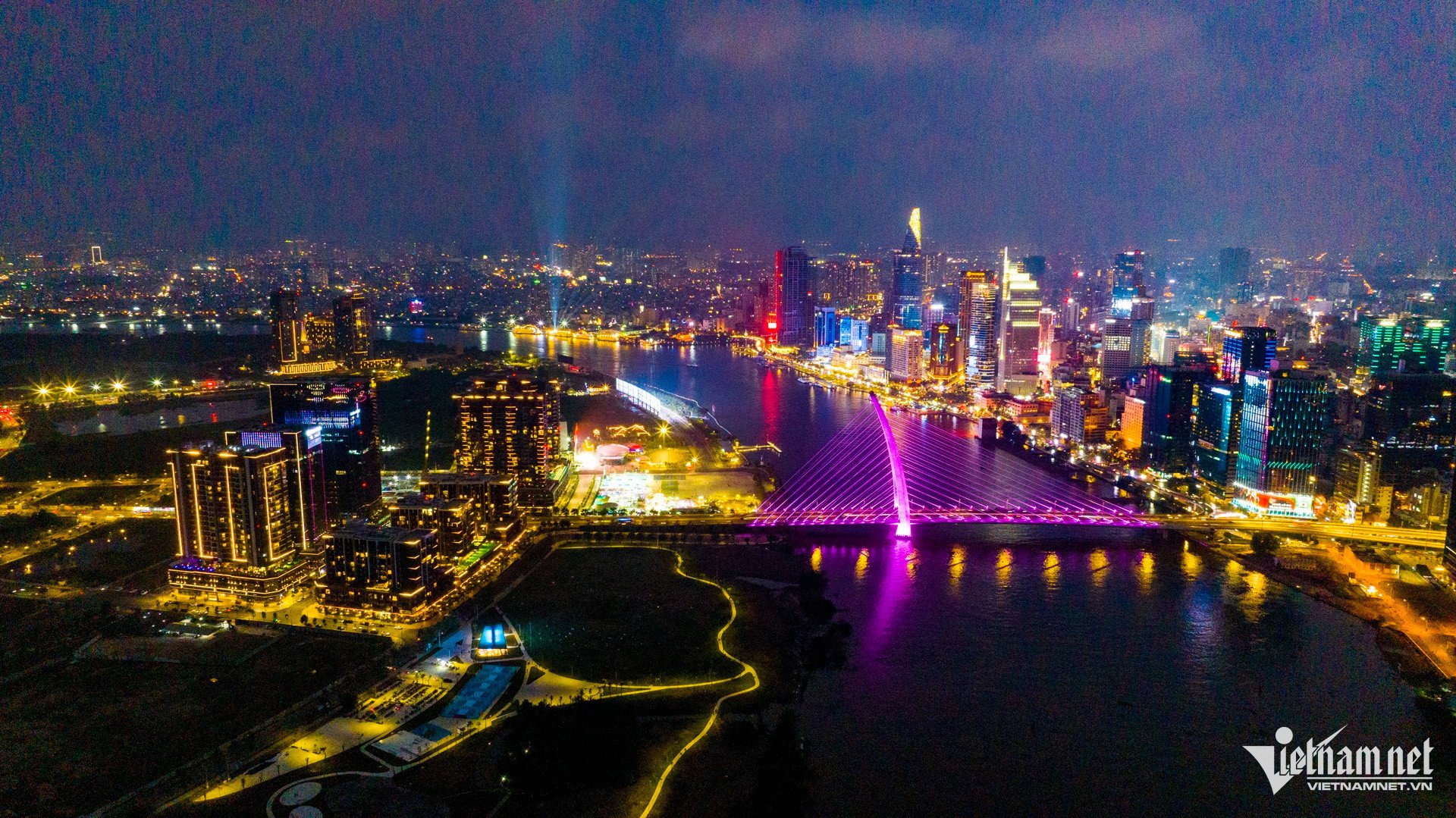

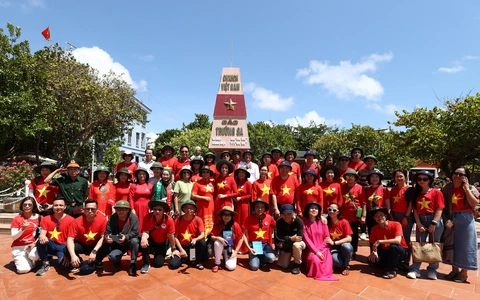
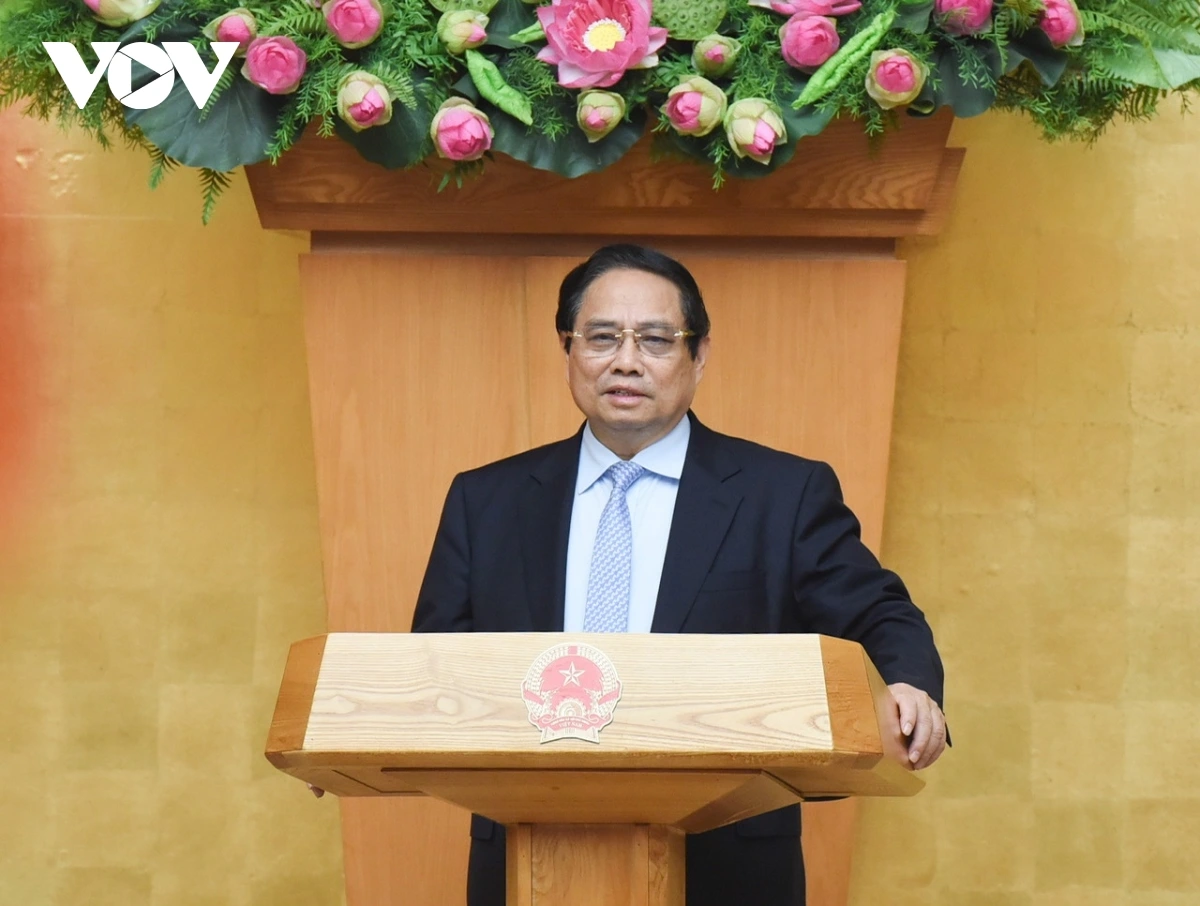




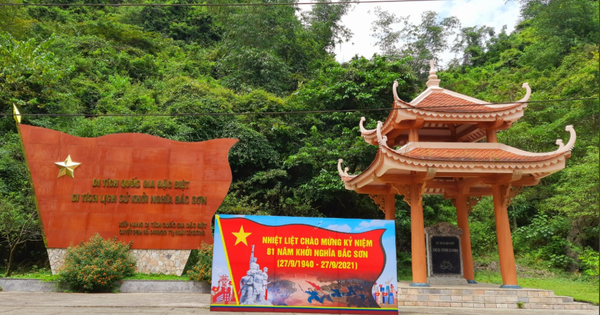

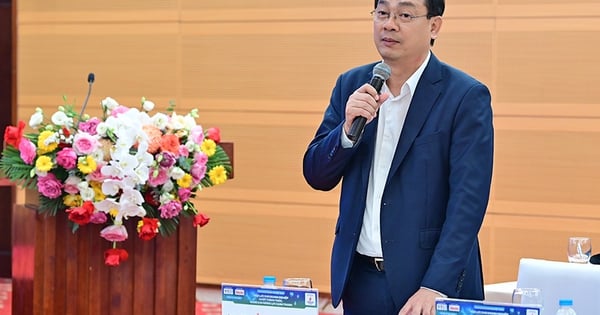
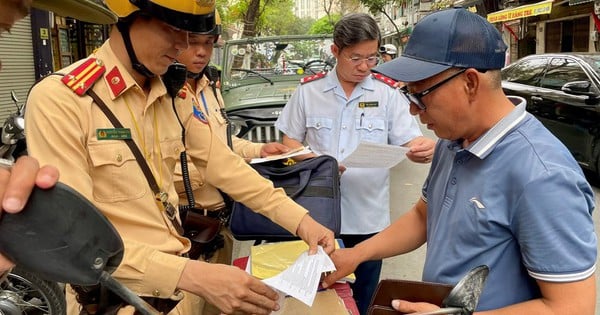
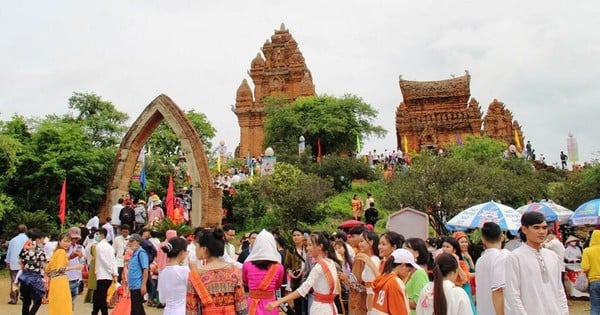
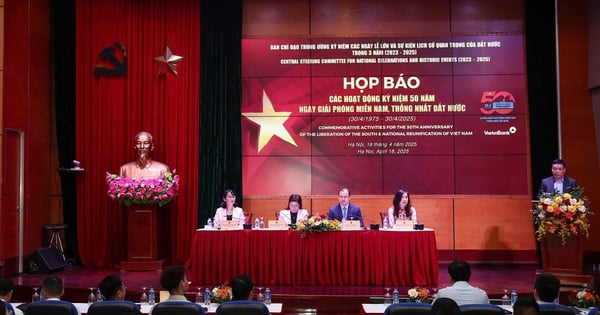

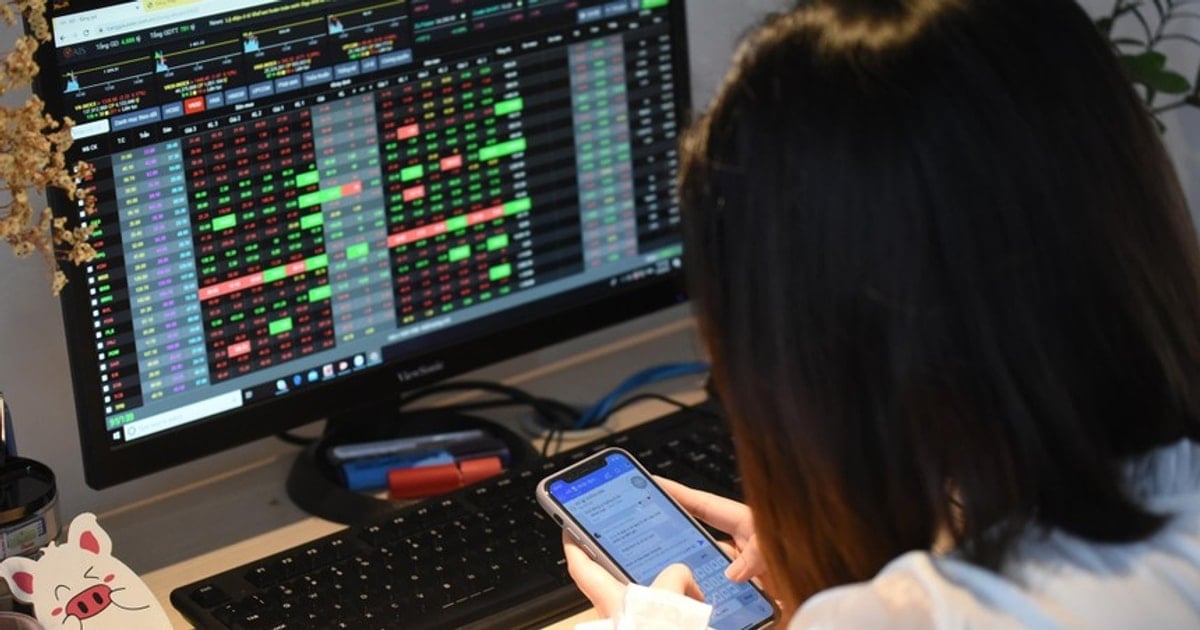

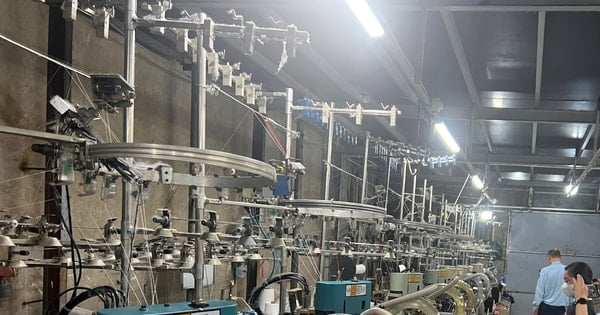

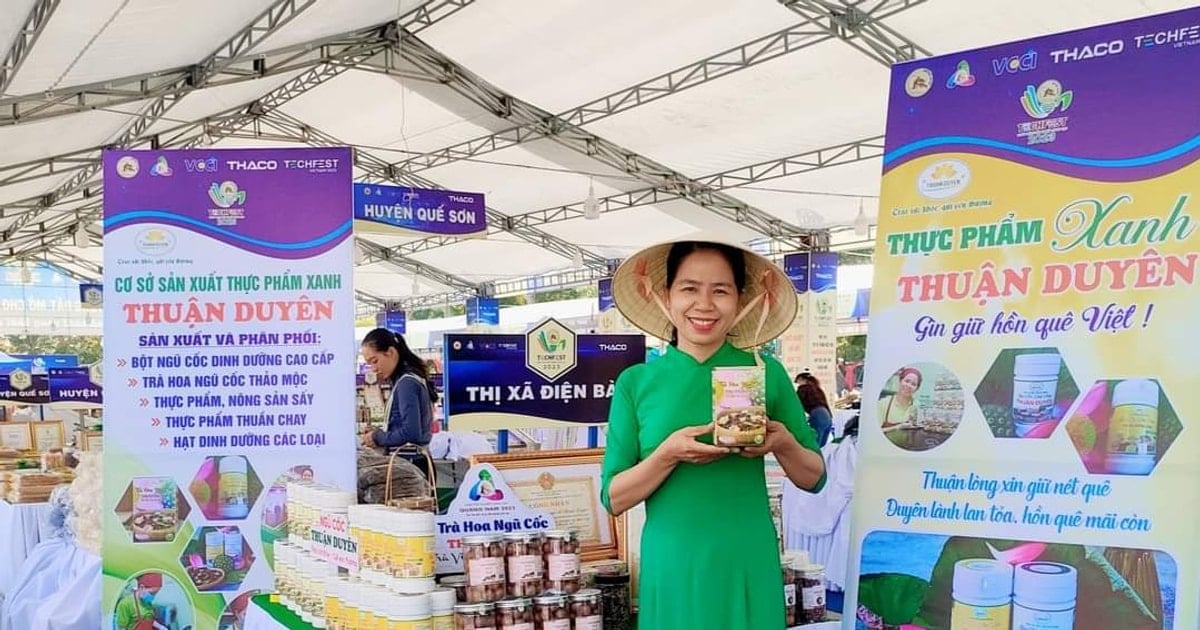

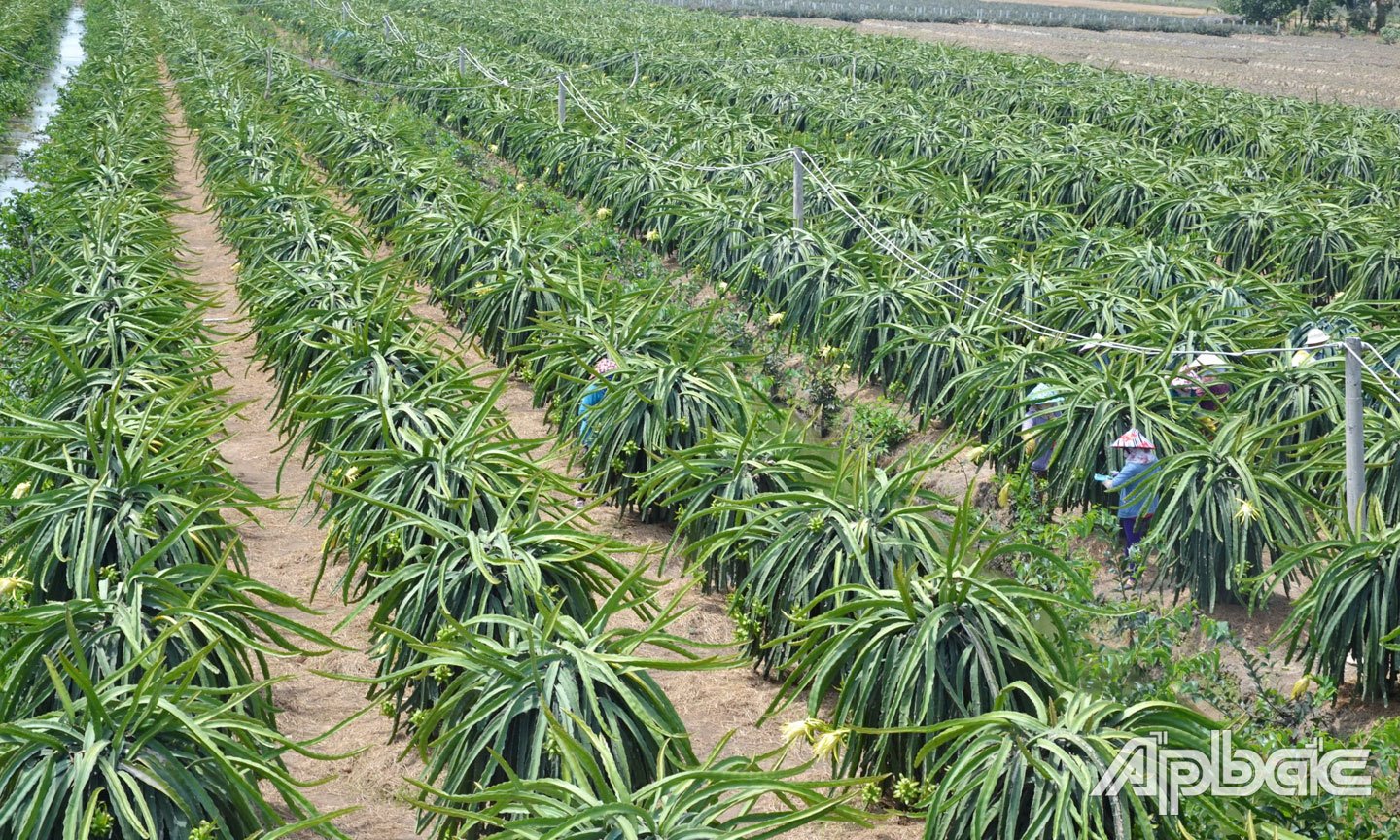

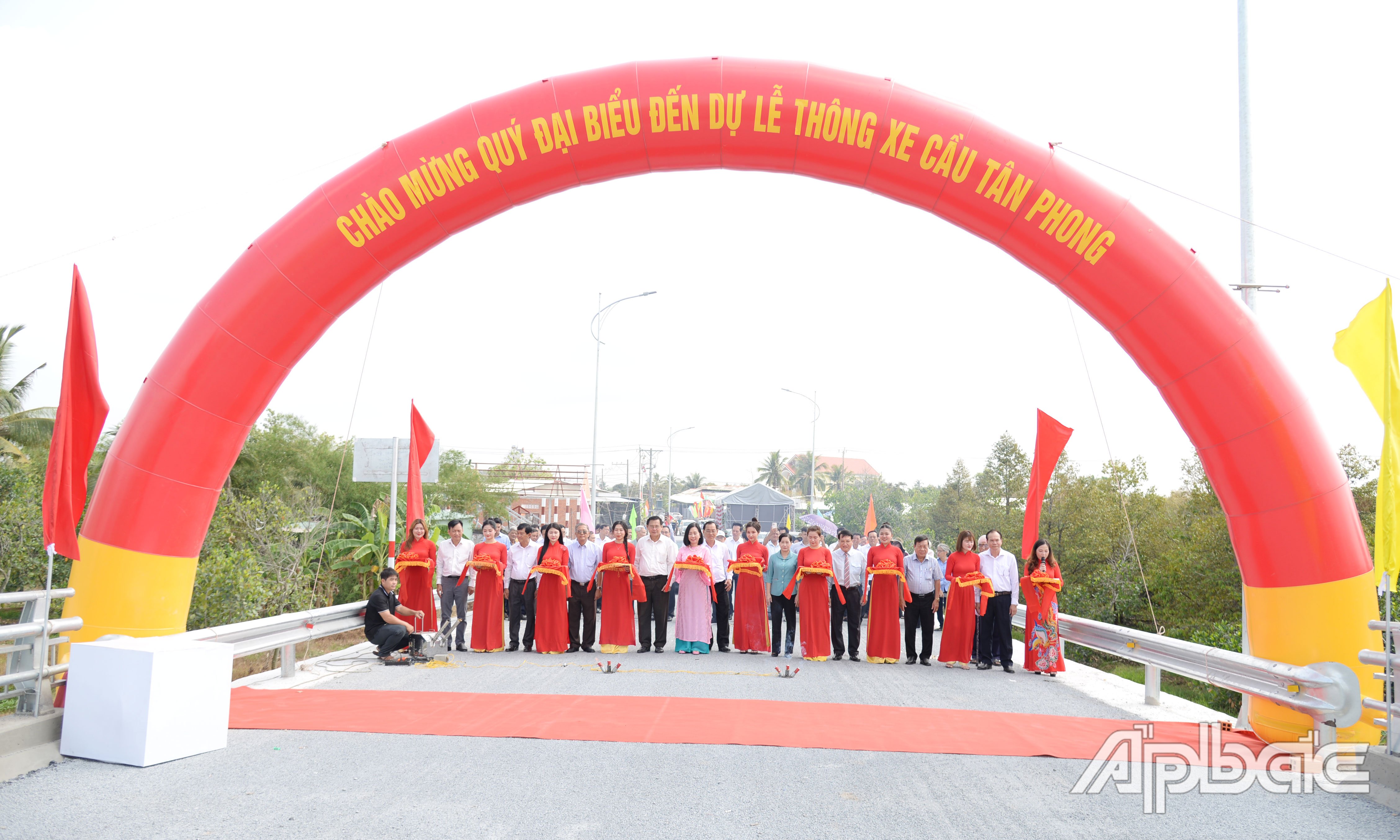
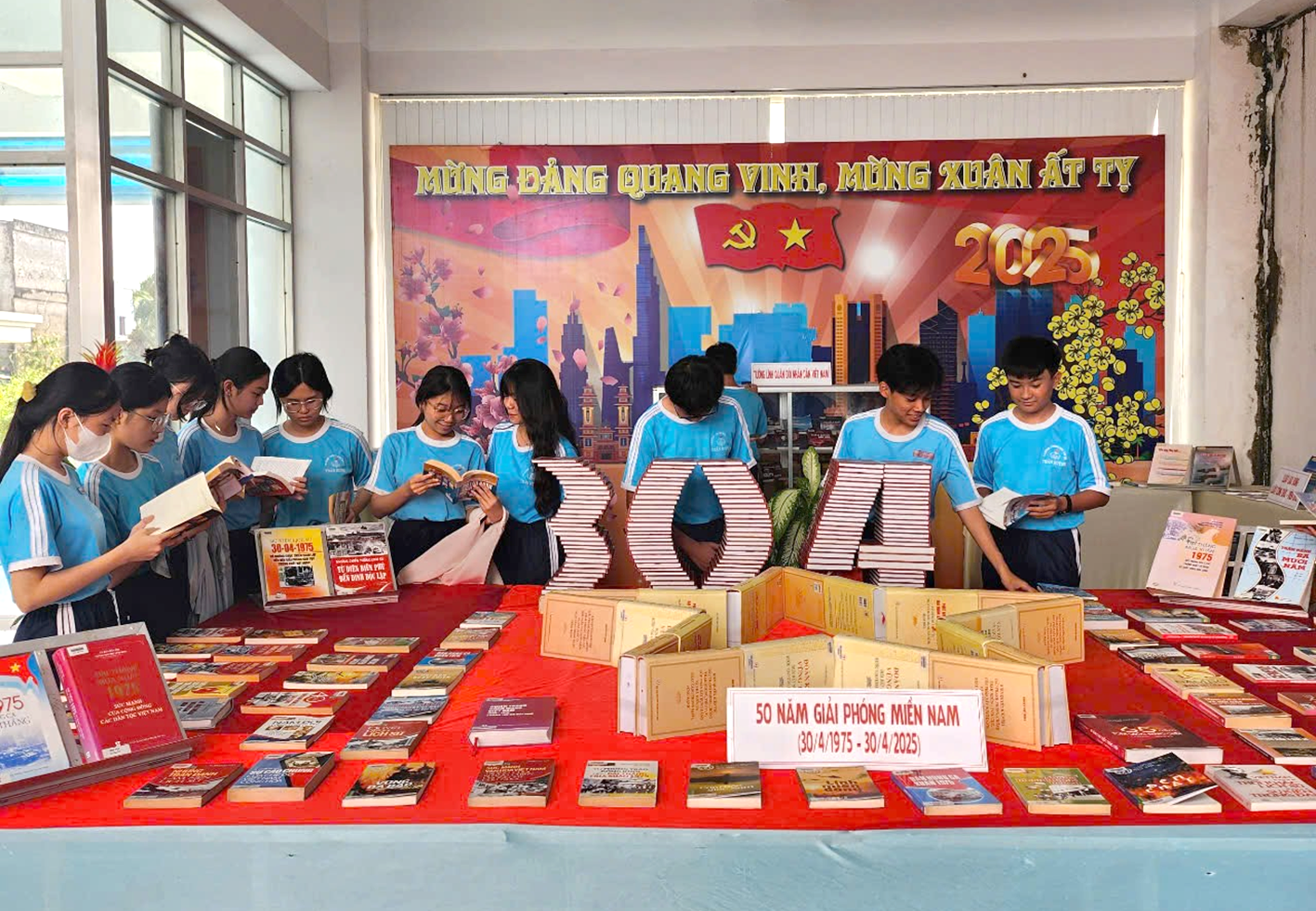

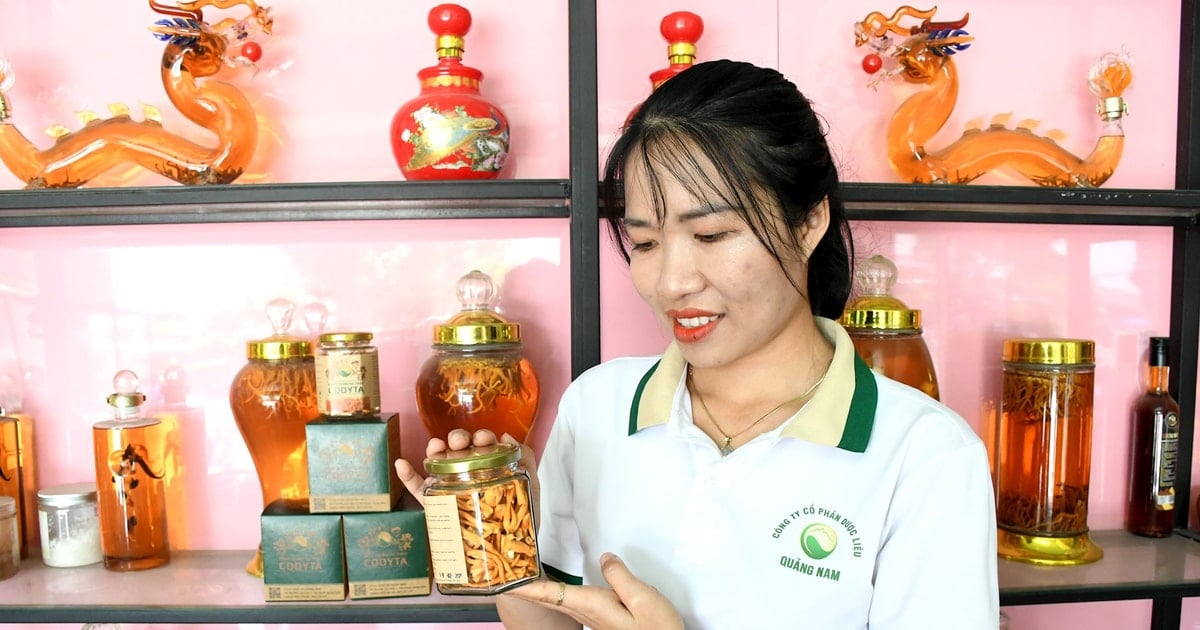


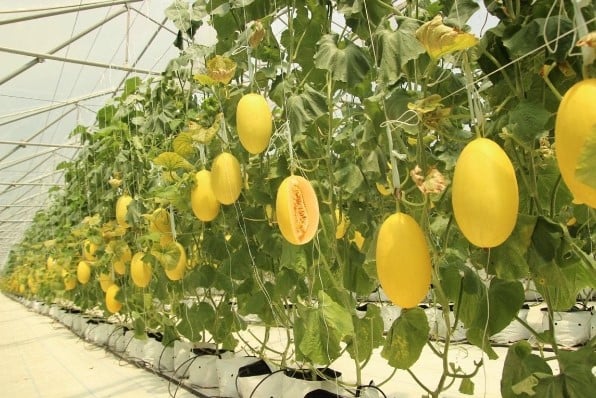
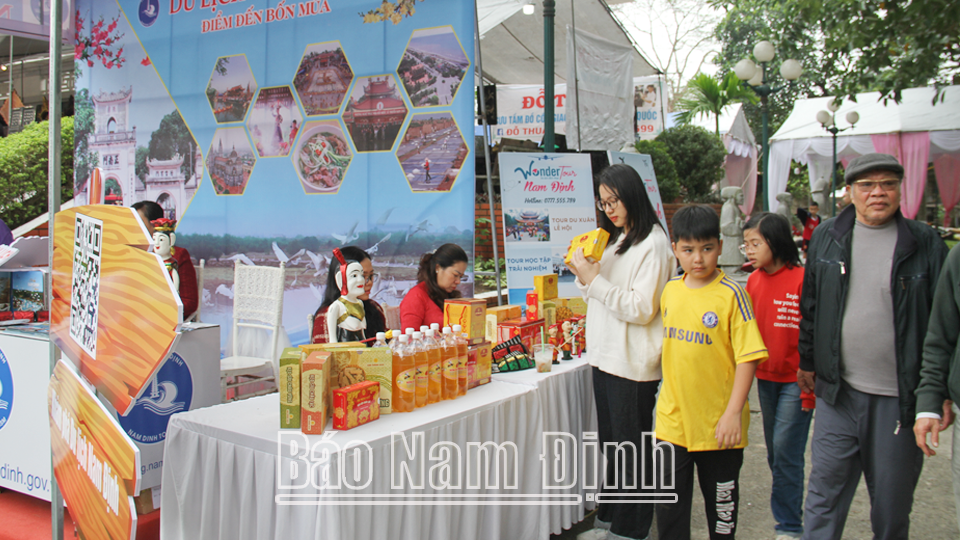


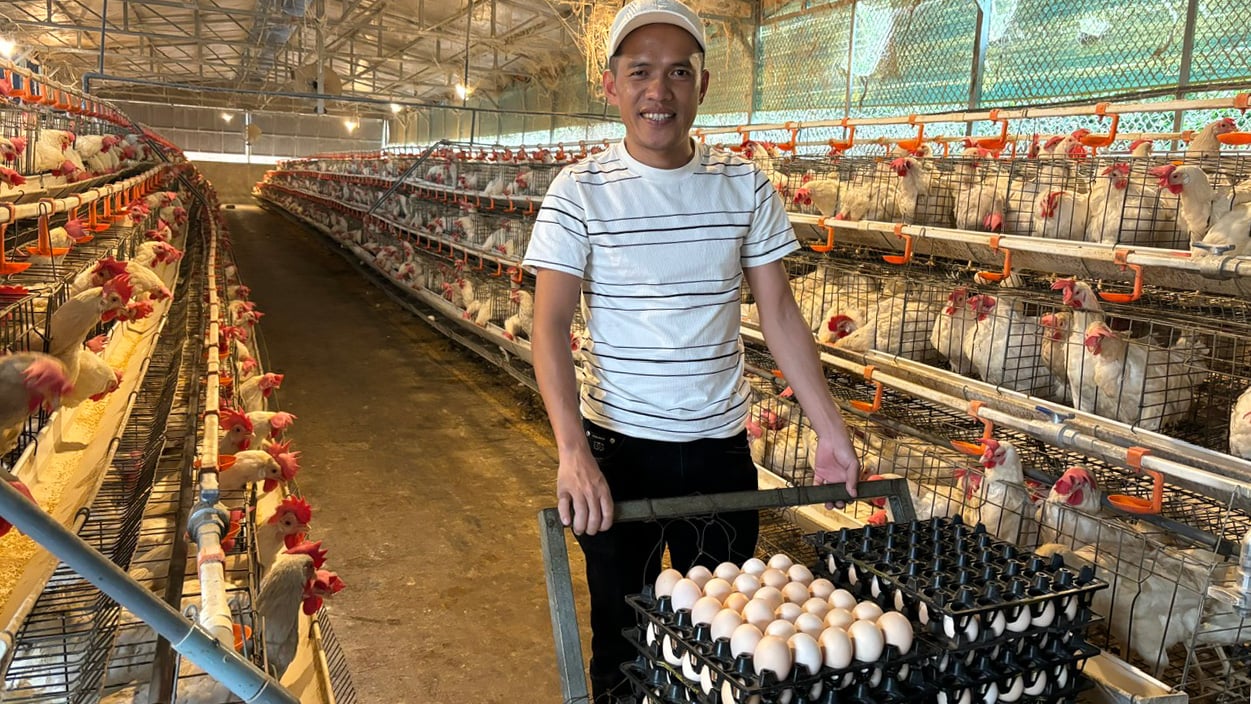

Comment (0)